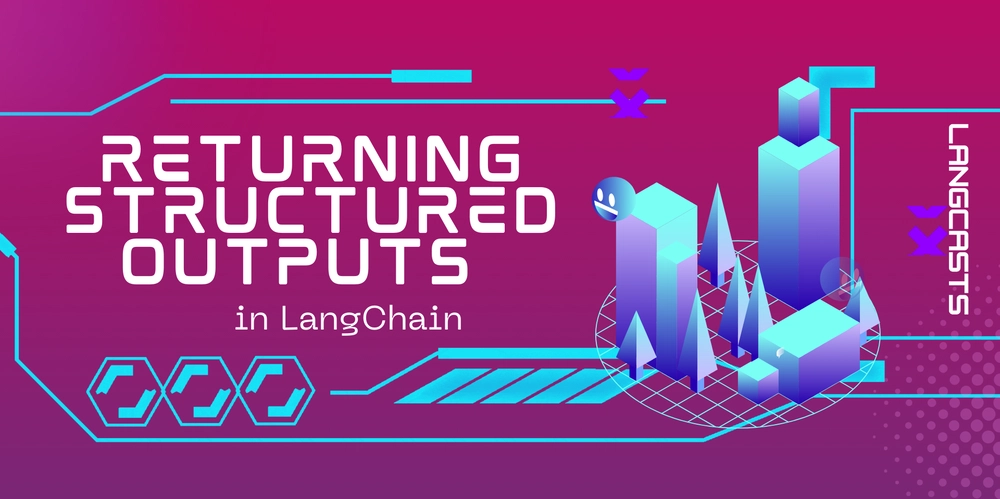AIOps and MLOps: Two Pillars of Autonomous Cloud Management
In today’s complex cloud environments, engineering teams are managing thousands of services, microservices, pipelines, and workloads. With this scale comes noise, volatility, and operational complexity that traditional monitoring and management approaches just can’t keep up with. Enter AIOps and MLOps — two powerful, complementary paradigms that are reshaping how we operate in the cloud. When implemented together, they form the backbone of autonomous cloud management, enabling systems that can self-monitor, self-heal, and self-optimize. In this post, we’ll break down what AIOps and MLOps are, how they intersect, and how you can start using them to reduce toil and build resilient, intelligent infrastructure.

In today’s complex cloud environments, engineering teams are managing thousands of services, microservices, pipelines, and workloads. With this scale comes noise, volatility, and operational complexity that traditional monitoring and management approaches just can’t keep up with.
Enter AIOps and MLOps — two powerful, complementary paradigms that are reshaping how we operate in the cloud. When implemented together, they form the backbone of autonomous cloud management, enabling systems that can self-monitor, self-heal, and self-optimize.
In this post, we’ll break down what AIOps and MLOps are, how they intersect, and how you can start using them to reduce toil and build resilient, intelligent infrastructure.




























![[Webinar] AI Is Already Inside Your SaaS Stack — Learn How to Prevent the Next Silent Breach](https://blogger.googleusercontent.com/img/b/R29vZ2xl/AVvXsEiOWn65wd33dg2uO99NrtKbpYLfcepwOLidQDMls0HXKlA91k6HURluRA4WXgJRAZldEe1VReMQZyyYt1PgnoAn5JPpILsWlXIzmrBSs_TBoyPwO7hZrWouBg2-O3mdeoeSGY-l9_bsZB7vbpKjTSvG93zNytjxgTaMPqo9iq9Z5pGa05CJOs9uXpwHFT4/s1600/ai-cyber.jpg?#)














































































































































![[The AI Show Episode 144]: ChatGPT’s New Memory, Shopify CEO’s Leaked “AI First” Memo, Google Cloud Next Releases, o3 and o4-mini Coming Soon & Llama 4’s Rocky Launch](https://www.marketingaiinstitute.com/hubfs/ep%20144%20cover.png)





































































































































































































![Rogue Company Elite tier list of best characters [April 2025]](https://media.pocketgamer.com/artwork/na-33136-1657102075/rogue-company-ios-android-tier-cover.jpg?#)







































































_Andreas_Prott_Alamy.jpg?width=1280&auto=webp&quality=80&disable=upscale#)





































































































![Apple Watch Series 10 Back On Sale for $299! [Lowest Price Ever]](https://www.iclarified.com/images/news/96657/96657/96657-640.jpg)
![EU Postpones Apple App Store Fines Amid Tariff Negotiations [Report]](https://www.iclarified.com/images/news/97068/97068/97068-640.jpg)
![Apple Slips to Fifth in China's Smartphone Market with 9% Decline [Report]](https://www.iclarified.com/images/news/97065/97065/97065-640.jpg)



































































































































